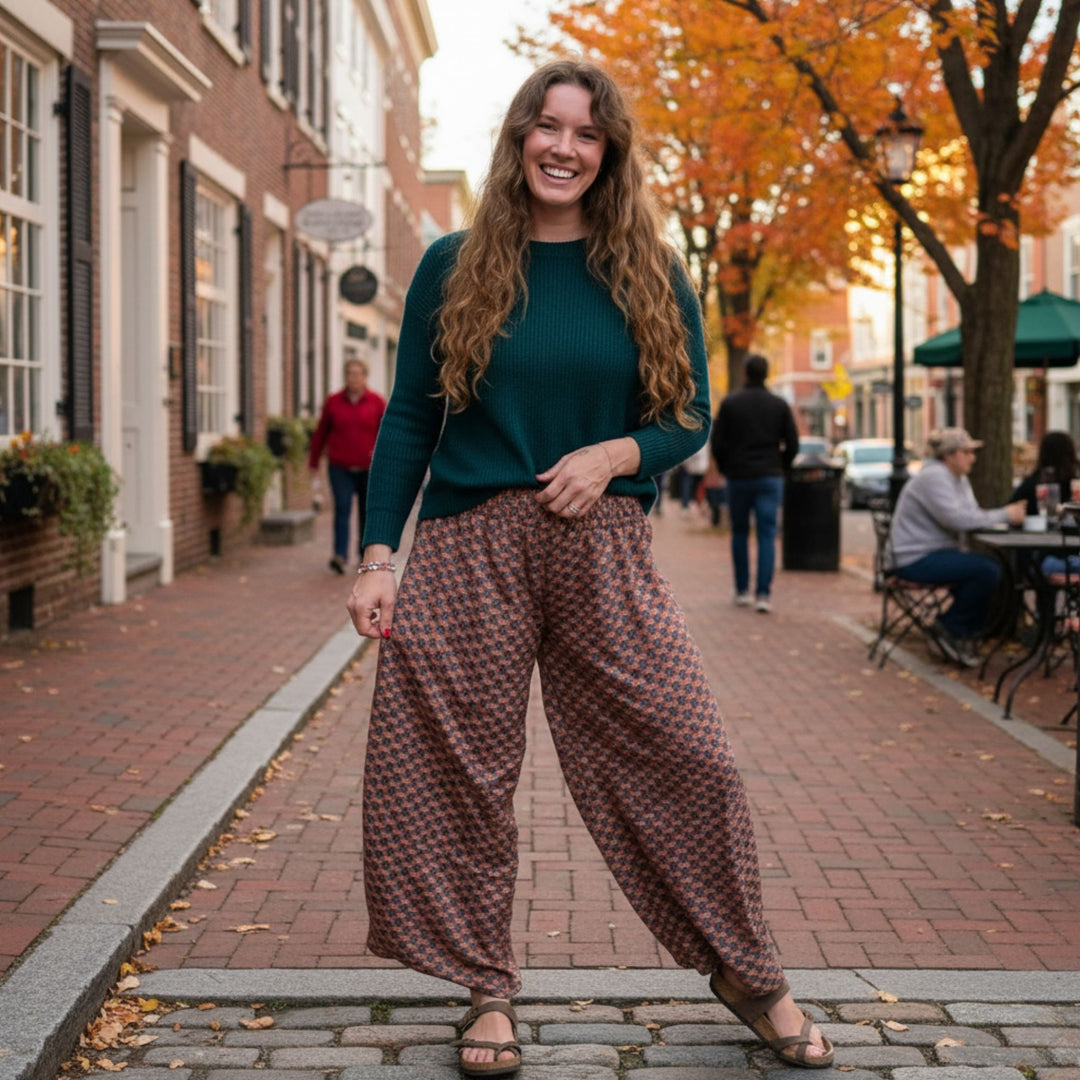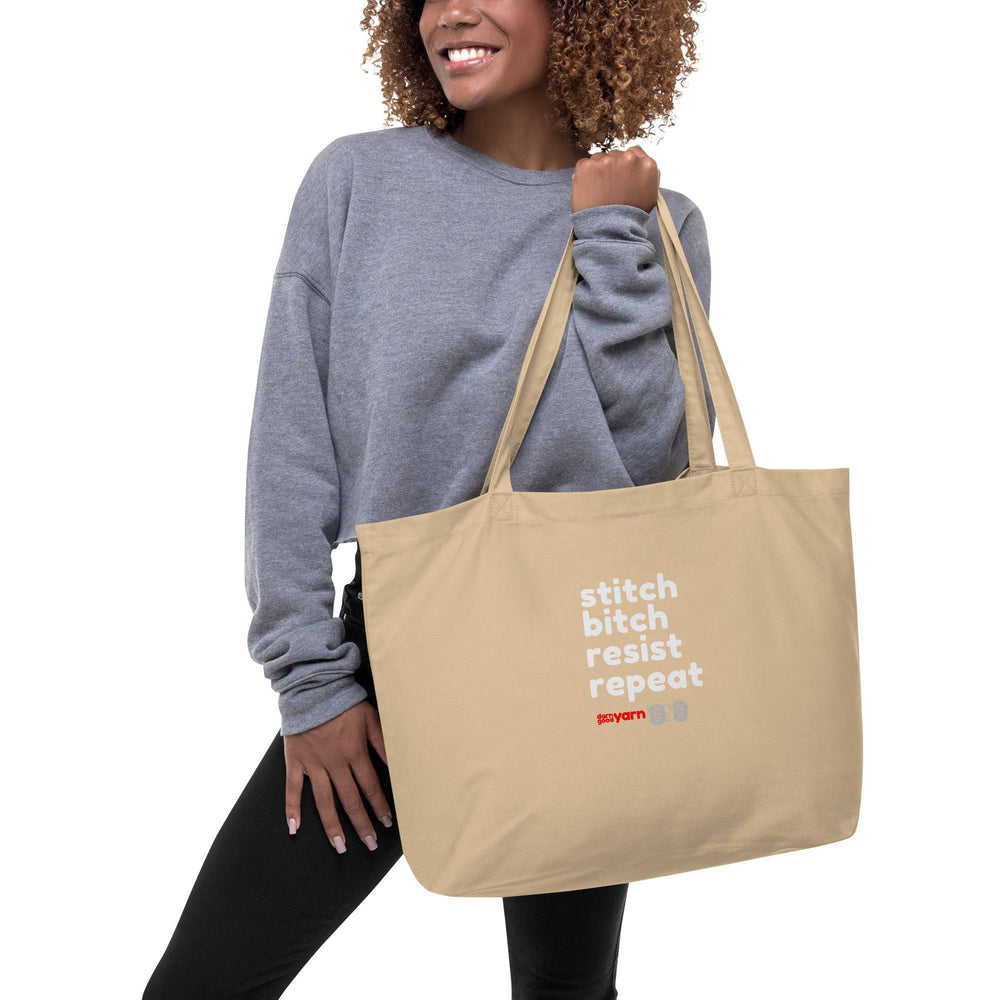Written by Michaela MacBlake Matthews
It’s no secret that creating can be therapeutic, and that learning to channel your creative energy can help to drum up more positive thinking and a sense of accomplishment! After all, artsy crafting people are known for coming face to face with their emotions, learning how to speak to their playful inner-child, and encouraging those around them to embrace their feelings.
It can seem daunting though, to sit down at a blank project when it feels like we’re drowning in negativity. How do we break into that much-needed creative therapy without just pouring out all of that built up stress and depression onto our dearly loved creative hobbies? Sometimes we even avoid doing the things we care about, for fear of tainting them… So how do we get back on the horse?

The Motivation Of Creative Therapies
Creative therapy isn’t completely about expressing negative emotions, it’s also about working through them. In any art or craft project, there are three distinctive phases that make up the finished piece: imagination, execution, and polishing.
In the imagination phase, we put our planning-executive mode on silent, and fiddle around with whatever stray thoughts and feelings come to the surface. This is prime time for creative energy to take hold, and for suppressed emotions to break loose into the project. It can be overwhelming, and even tempting to step away during or after this part of the process, but hold tight! The best is yet to come.
In the execution phase, we add detail, and follow through on the strongest ideal vision we had during step one. This is the part where we challenge ourselves to focus, to have faith in our own abilities, and enter into a conversation with the emotions we’re working with. This step can often be repetitive, and create a rhythm to explore the inspirations, giving us a chance to process them at a comfortable pace. The true beauty of this is that if the emotions do become too overwhelming, we can shift focus back to the physical task at hand, without running away from the emotions altogether.
In the polishing phase, we steer toward beautifying, and pull together the closure of the emotions. During this step, we get to take a bird’s eye view of the thoughts and emotions that drive our creation, and wrap them up as we see fit. We may choose to add embellishments that represent our next chapter from here, or the lesson we learned along the way. No matter how we do it though, we get to write our own ending. This gives a sense of presence to our own story, and returns power over the negative emotions to our own hands.

Building A Resourceful Mindset
The process of creative therapy is a strong exercise in willpower, and keeping a positive mindset. Through a tangible practice, the craft itself becomes a manageable model of the emotions we’re dealing with, and allows us to choose a resourceful mindset at our own pace. It doesn’t need to be rushed, and it doesn’t need to be perfect, all that matters is that we remember that we are in the driver’s seat. We can take the project in any direction we like, and double back if something feels like a wrong turn!
Positive Affirmations For Creative Therapies
“I have the creative skills that I need to complete this project.”
“If I don’t know how to do it, I will practice and learn.”
“I will tweak this project until I like it.”
“The imperfections are what makes this human, and makes it art.”
“This piece is a story, with ups and downs along the way.”
“I am not afraid of ugliness, only of giving up.”

Creating Positive Thought Patterns
As the imperfections and sorrows of everyday life start to accumulate, it can be difficult to keep a positive mindset. Crafting and creating art, however, provide a self-contained ecosystem to stay active, and to continue asking ourselves, ‘Okay, but what can I do to make it better?’ in the face of criticism. This responsive, resourceful state is incredibly powerful, because it seeks out the best possible outcome, and then moves toward it. When negative thoughts come flooding in, resourcefulness shows them the way out.
It’s the cleansing process that keeps us creating, not the cleanliness of the blank canvas!

"Mac" is on the Lifestyle Team here at Darn Good Yarn, and loves taking a ‘teach a man to fish’ approach to creative therapy. She is certified in neuro-linguistic programming, and is also the surreal artist and author behind Surrealismac.
 Rewards
Rewards



















